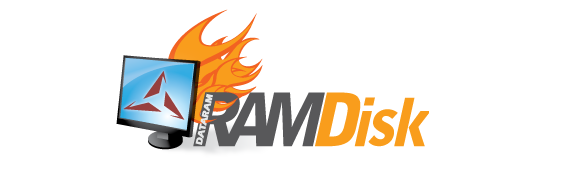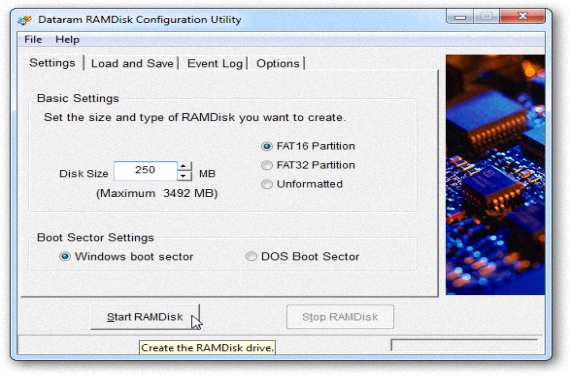
The possibility of being able to create a virtual disk in Windows could be considered as a great need when having to host temporary files; These types of elements are not only contemplated in the default folders of our Windows operating system, but also, it could be that a user needs to host information for a few more hours or at least, until the next computer restart .
In order to create a virtual disk in WindowsWe only need a specialized application, which must have certain hosting characteristics that do not necessarily contemplate a physical space on our hard drive. The application that we will analyze in this article has the name of Dataram RAMDiskWe can download it completely for free, making a donation to its developer or purchasing a premium version, as long as we need to use a larger virtual disk space.
Dataram RAMDisk configuration when creating a virtual disk in Windows
Once we have downloaded and installed Dataram RAMDisk, our next task should be to configure it, this to have Dataram RAMDisk completely customized to our needs. A window and interface very similar to the image that we have placed below is what you will find, in which you must define:
- The size in megabytes. Here we can choose between a small or a large size, with a maximum of 4 GB that we could create, although for this, we will need to make an additional payment for the use of the license.
- The type of partition (FAT 16 or FAT 32). The developer mention that these are the only formats that can be adopted, not being possible to have an NTFS due to its incompatibility with RAM.
- Incorporate a boot sector compatible with Windows. Very useful if we are going to host some kind of multi-boot on this virtual disk.
- Disk image. If you don't want to lose the content of this virtual disk, at the same time we can save it in an image within the physical space of our hard disk.
After having configured this application to create a virtual disk in Windows, it will automatically make us appear in this new unit, showing the media player that is generally present when we introduce a USB pendrive into our computer; every time we turn on the computer or restart it, this virtual disk will appear completely clean unless we have created the backup image that we indicated in the previous steps.
Practical utilities for creating a virtual disk in Windows
However How useful can it be for us to create a virtual disk in Windows? In order to illustrate the answer to this question we will mention a simple example. Let's say that for some reason we dedicate ourselves to downloading a large number of batch images using our Google Chrome browser; If these images are only necessary for a moment for certain graphic design processes, we may have to delete them from our hard drive later. So, without having to delete these images manually, we could configure the Internet browser so that the downloads are carried out in this new virtual disk that we have created.
The developer of this app also mentions another pretext for create a virtual disk in Windows, daring to say that the temporary files of the operating system can be redirected to this new location, so that the system disk (the C :) would never have the temporary files that generally appear in each action and our work.
Now, you should consider that create a virtual disk in Windows The space that this new device comes to contemplate, should not reach 50% of our RAM memory, since it is this resource that is used to create said virtual environment. For example, if we have 8 GB of RAM, it would be illogical to have to use that same amount of space for create a virtual disk in WindowsBecause with this, it would simply be absorbed, destabilizing the entire system.
More information - Review: How to download images with Image Downloader easily
